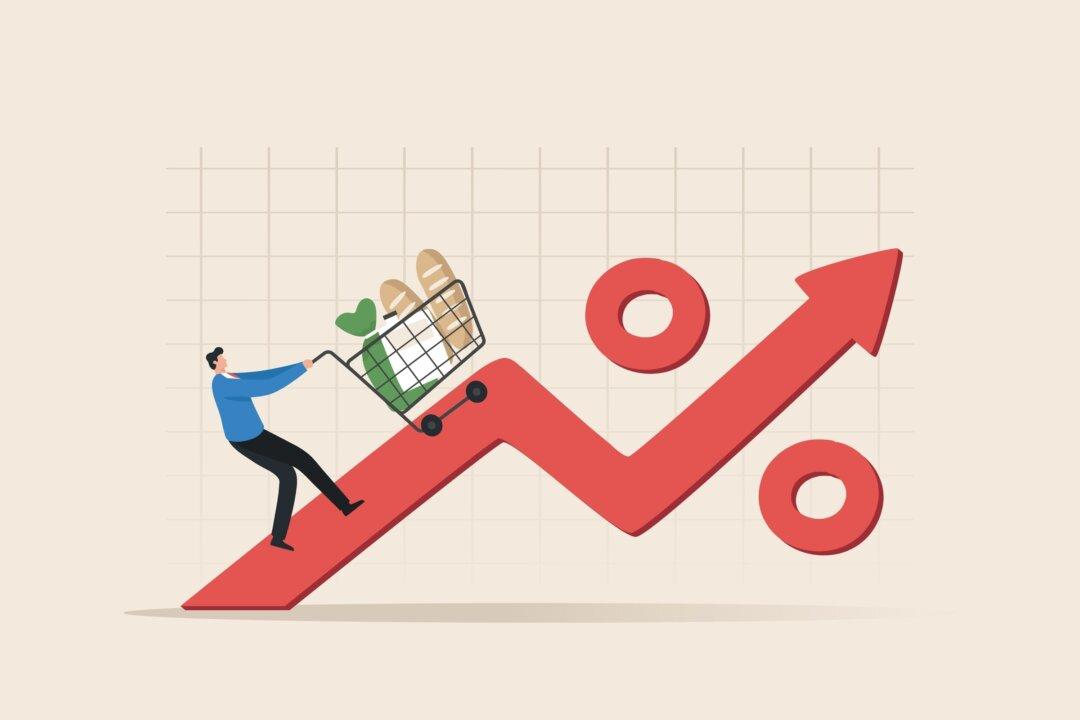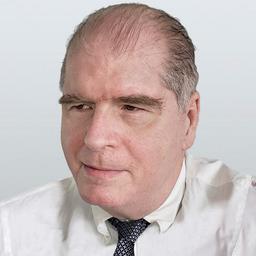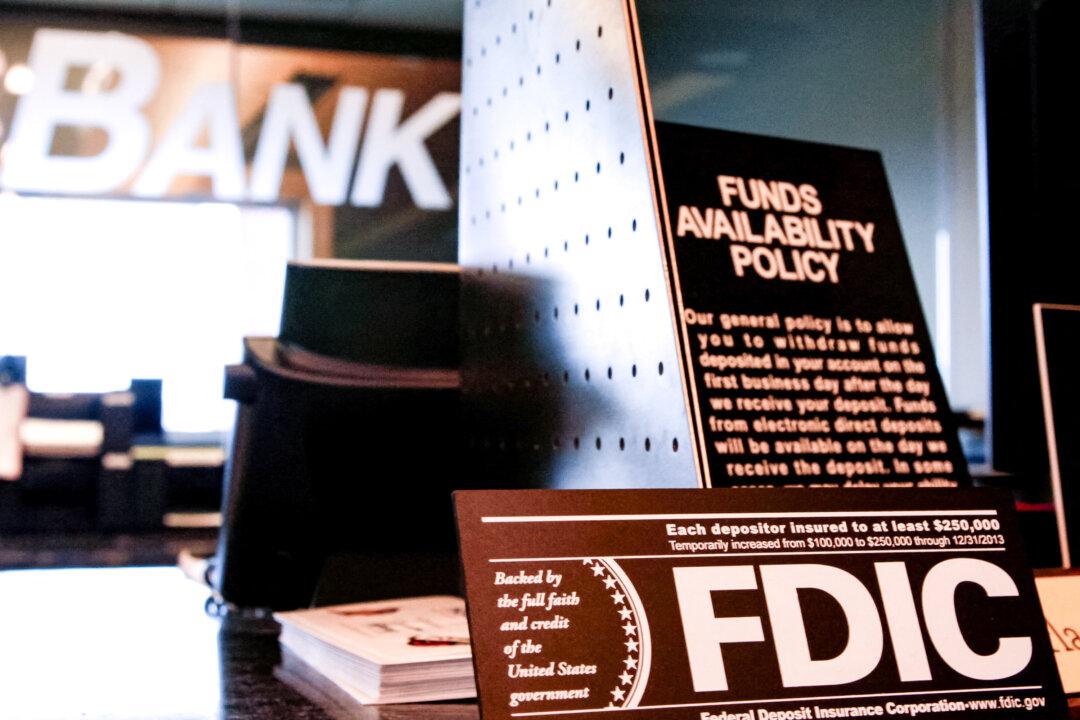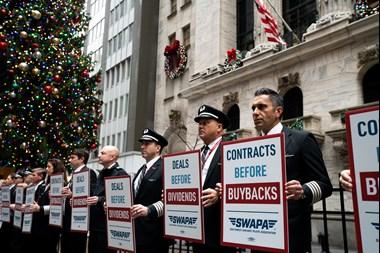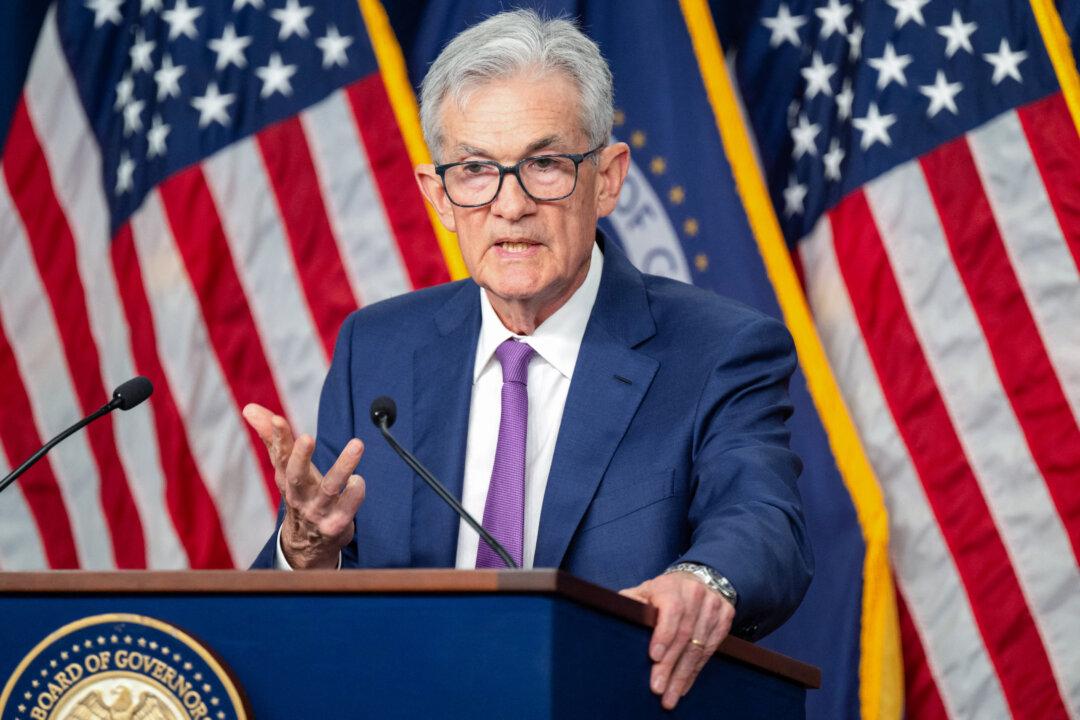The Federal Reserve announced on June 14 that it has “paused” its relentless pace of interest-rate hikes for the first time in 15 months. In March,2022, the Fed commenced hikes, then continued as follows:
But the June Fed meeting pause comes at a time when inflation is at 4.0 percent and “core” inflation (inflation, less food and energy, which tend to be more volatile) printed Tuesday at 5.3 percent. The Fed highlights a target rate of 2 percent in so-called “headline” inflation—the overall number—currently 4.0 percent.
| Fed Meeting | Rate Increase | Target Rate |
| March 15–16, 2022 | +25 basis points | 0.25–0.5 percent |
| May 3–4, 2022 | +50 basis points | 0.75–1.0 percent |
| June 14–15, 2022 | +75 basis points | 1.50–1.75 percent |
| July 26–27, 2022 | +75 basis points | 2.25–2.5 percent |
| Sept. 20–21, 2022 | +75 basis points | 3.0–3.25 percent |
| Nov. 1–2, 2022 | +75 basis points | 3.75–4.0 percent |
| Dec. 13–14, 2022 | +50 basis points | 4.25–4.5 percent |
| Jan. 31–Feb. 1, 2023 | +25 basis points | 4.5–4.75 percent |
| March 21–22, 2023 | +25 basis points | 4.75–5.0 percent |
| May 2–3, 2023 | +25 basis points | 5.0–5.25 percent |
So, why pause rates? Well, there could be a few reasons.
